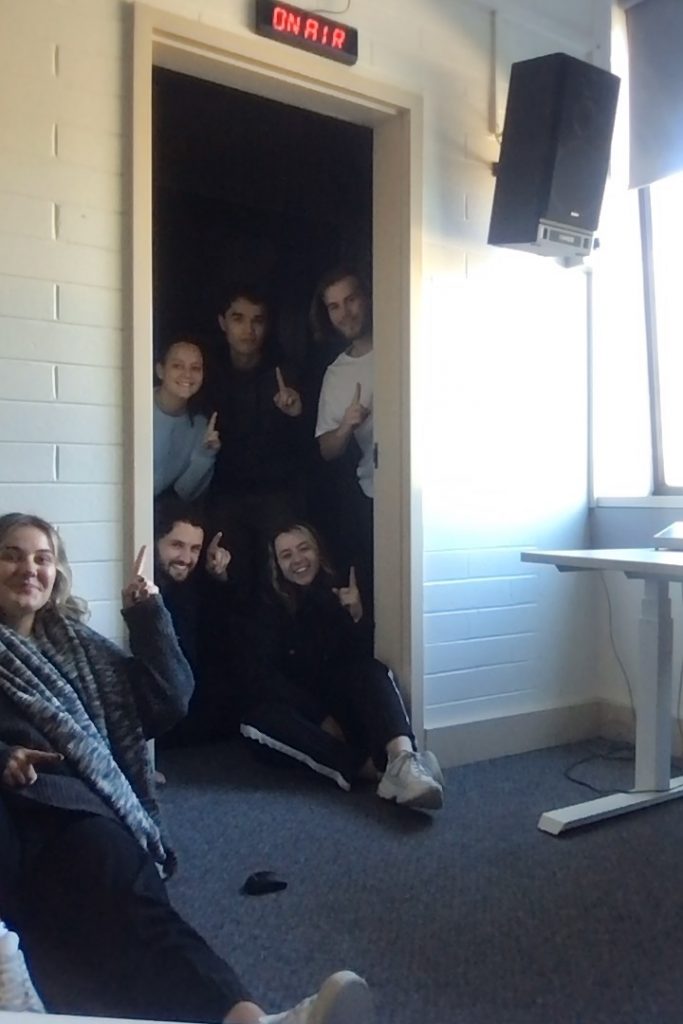Is there a battle for the Arctic?
 By LINN LOKEN
By LINN LOKEN
Why the current interest in the Arctic?
Countries are more interested in making territorial claims of the Arctic today, due to increasing temperatures. Global warming is occurring nearly twice as fast in the Arctic as anywhere else in the world, due to its sensitive ecosystem. The increasing temperature makes bigger portions of the sea ice melt, which creates new access to the Arctic. It is predicted that within the century the sea ice will largely disappear in some periods of the summer. Olav Orheim, a senior advisor with the Norwegian Research Council said, “Most of the Arctic Ocean will be ice free in the autumn within the next ten years”.
The increasing access to the Arctic will make it easier for countries to exploit the resources the Arctic contains, such as navigation, fish stocks, oil and gas.
Who is fighting for the Arctic?
There are eight countries that geographically border the Arctic; Russia, Norway, Canada, Denmark, the United States of America (US), Finland, Iceland and Sweden. However, only five of these countries are claiming sovereignty over areas of the Arctic: Russia, Norway, Canada, Denmark and the US.
The US is not in a position to claim sovereignty over the Arctic because it has not ratified the United Nations Convention on the Law of the Sea (the LOS Convention).
What is the LOS Convention and what are its rules?
The LOS Convention is a treaty that was opened for signature in 1982. Today, the treaty is globally recognized for dealing with all sorts of matters related to the law of sea. It lays down rules about uses of the world’s oceans and seas and their resources.
The convention says that coastal states have sovereignty rights over resources under its coastal waters up to 200-nautical mile of their shore. This means that countries can exploit oil and minerals up to 370 kilometres from the edge of their continental shelf.
However, a country can claim that its continental shelf goes beyond 200-nautical miles. But then, the country has to prove that the ridges and rock formations underneath the water are connected to its continental shelf. If a country is able to prove this, the country’s territory can be expanded.
Who has made an extended continental shelf (ECS) claim?
Russia was the first country to make an ECS claim in 2001. It claimed the sovereignty rights to nearly half of the Arctic Ocean. Of course, none of the other four Arctic powers agreed to Russia’s claim. Denmark and Canada argued that the Commission, established by the LOS Convention, needed more information before making a decision about the delineation of the Russian continental self. Norway and the US went further, with Norway declaring a maritime dispute regarding some of Russia’s territorial claims and the U.S. stating that the claim had major flaws.
In 2006, Norway became the second country, and the only other country, to make an ECS claim. Its claim included an area called the Banana Hole beneath the Norwegian Sea, and an area under the Barents Sea, called the Loop Hole. There was no dispute about the Banana Hole region. However, Russia declared a maritime dispute regarding the region of the Barents Sea, including the Loop Hole.
What is the Barents Sea agreement and what does it mean?
The Barents Sea dispute between Norway and Russia has been going on since the early 1970s. However, only weeks ago, after nearly 40 years, Norway and Russia signed an agreement establishing the border of the disputed area in the Barents Sea. The treaty divides the discussed area roughly in half.
“It sends an important signal to the rest of the world — the Arctic is a peaceful region where any issues that arise are resolved in accordance with international law,” Norwegian Prime Minister Jens Stoltenberg said after the signing.
Is there really a battle for the Arctic?
Earlier in the decade the melting polar ice made disputes over offshore boundaries between the Arctic countries. Russia sent an expedition to the North Pole in 2007, which planted the Russian flag on the bottom of the sea below the North Pole, and therefore wanted ownership of the area, but this was not accepted at all of the other countries.
However, the Arctic treaty between Norway and Russia has been a positive reminder, and Michael Byers, a polar expert at University of British Columbia, said the agreement between Norway and Russia “provides concrete evidence of Russian willingness to co-operate in the Arctic”.
At an Arctic conference held in Moscow two weeks ago (23 September 2010), Russian Prime Minister Vladimir Putin said, “Futuristic predictions of an impending battle for the Arctic” aren’t grounded in reality.
A senior Arctic official of the United States, Julie Gourley, believes there is no such thing as a battle for the Arctic.
“The public confusion that leads to this conflict belief is tied to the extended continental shelf delimitation,” she said.
Experts believe that the unresolved borders of the extended continental shelves will be the key to how they will divide the Arctic area. So the only thing Russia and the other Arctic nations can do now, are to collect scientific data and prove their case. It seems like the tension between the Arctic nations is coming to an end. They are all willing to cooperate and resolve their disputes peacefully, which means there is not really a battle for the Arctic.





Recent Comments
0
Post Comment